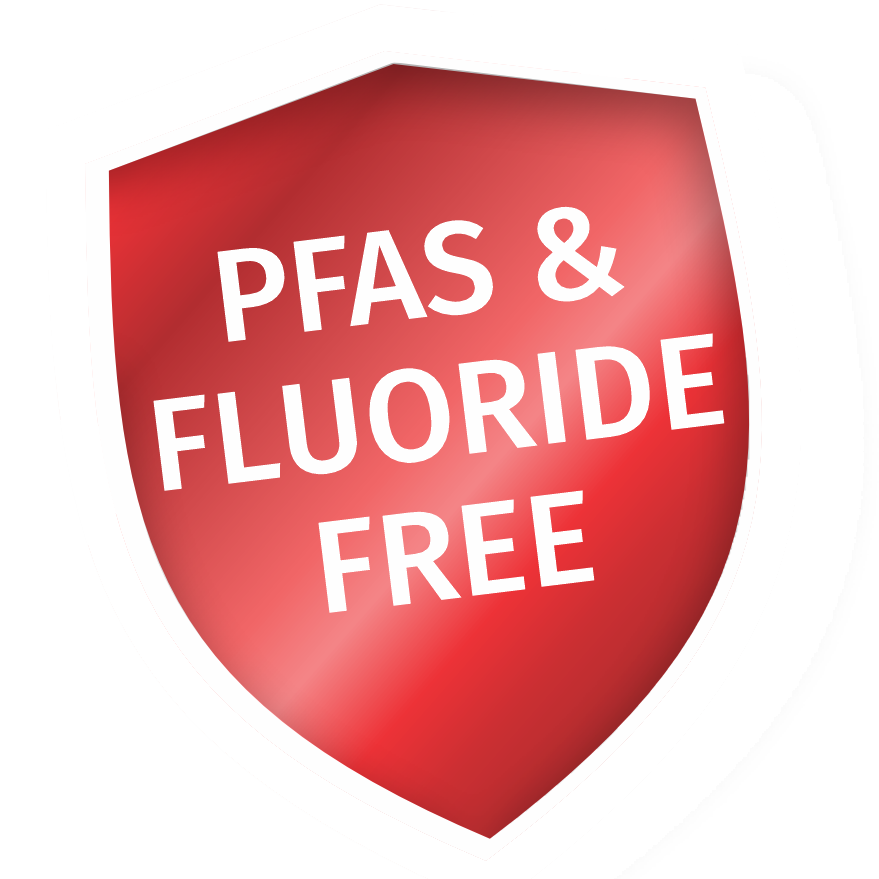What is Legionella pneumophila?
Legionella pneumophila is a bacterium that causes a disease called Legionellosis. This disease occurs in a person when the bacteria is inhaled and symptoms develop. When a person gets pneumonia from Legionella, it is called Legionnaires’ disease. In the Netherlands, there are 300 to 400 patients diagnosed with Legionnaires’ disease each year. This is increasing every year, as there were 550 patients in 2017. Legionella bacteria grow in water with a temperature between 20 and 50 degrees Celsius, but can also occur on the ground. The optimal temperature for the bacteria to multiply is 37°C. In heat of 60 degrees Celsius or higher, Legionella bacteria die.
Contamination Legionella bacteria
Legionella pneumophila spreads through small droplets, also called mist. As a result, you can easily become infected by:
- Water sprayed in showers, high-pressure sprayers, sprinklers and fountains
- Air bubbles made in water such as hot tubs and Jacuzzis
- Types of wastewater treatment plants to which air is added
- Devices that atomize water such as air coolers, air conditioners or apnue equipment
- Cooling plants that cool buildings or industrial processes with water spray
- Splashing rainwater such as during walking or from traffic
- Gardening
Legionella prevention
It was previously mentioned that Legionella Pneumophila dies at 60 °C and above. For this reason, heat treatment is often used in water systems to prevent the emergence and growth of the bacteria. The heat treatment is followed by a flushing of the distribution system so that the decomposed organic material is removed. In addition, devices that spray or mist are recommended to be cleaned regularly.
